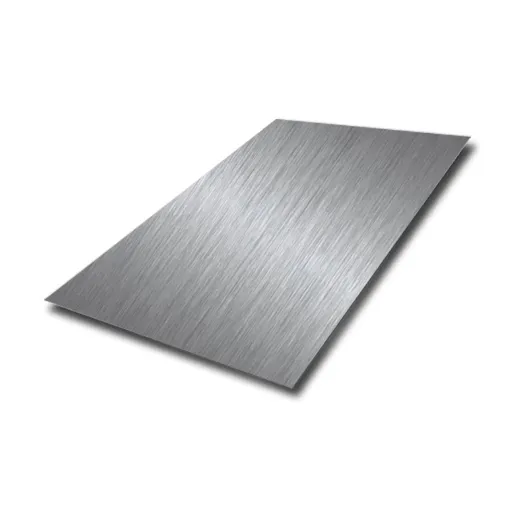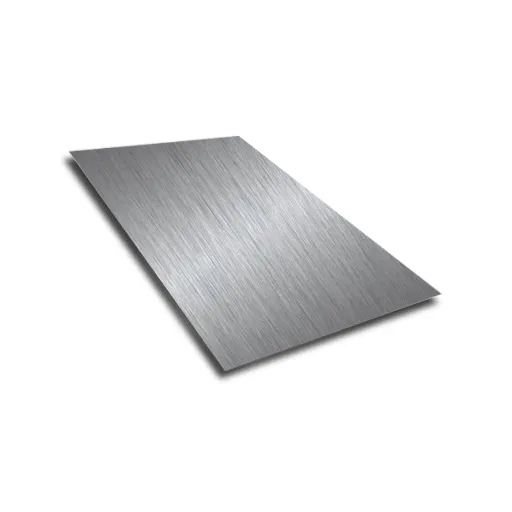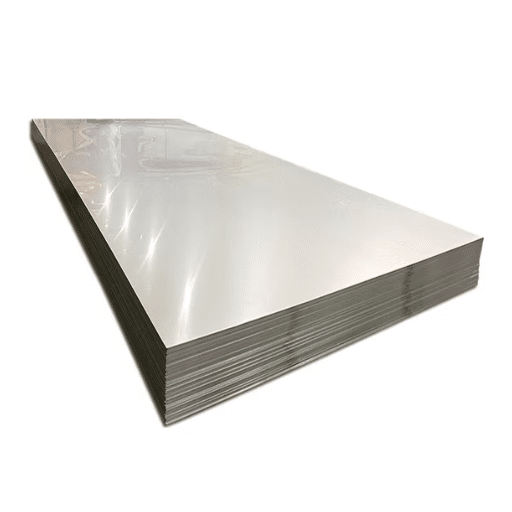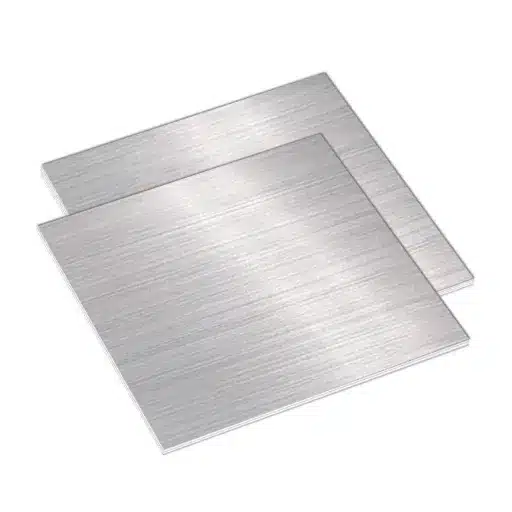Stainless steel round bars are fundamental across various industries due to their many benefits such as versatility, durability, and resistance to the corrosive effects of the environment. They are most commonly employed in structures, automotive systems, machinery, and anywhere else where cylindrical metal components are necessary. This comprehensive guide will explore everything you need to know about stainless steel round bars, from their material properties to practical applications and selection criteria.
Understanding Stainless Steel Round Bar Properties
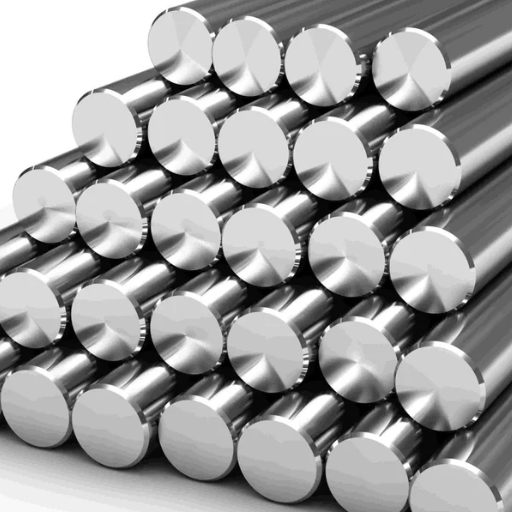
Known for their unique combination of durability and corrosion resistance, stainless steel round bars offer excellent strength characteristics. The key to their performance lies in their alloy composition, primarily chromium, which forms a protective oxide layer (chromium oxide) that provides exceptional stability and protection.
Key Property Highlights:
- High tensile strength capability
- Superior corrosion resistance through chromium oxide formation
- Excellent weldability and machinability across various grades
- Heat resistance for extreme temperature applications
- Chemical resistance for harsh industrial environments
Durability and Strength of 304 Stainless Steel Round Bars
304 stainless steel round bars are renowned for their exceptional strength and durability, making them ideal for applications requiring high mechanical properties. This austenitic stainless steel provides:
- Ultimate tensile strength: 515 MPa to 750 MPa (depending on condition and processing)
- Yield strength: Approximately 205 MPa
- Composition: ~18% chromium and ~8% nickel
- Hardness: Rockwell B hardness of approximately 70
- Operating temperature: Up to 1,500°C for specialized applications
Key Characteristics of Stainless Steel Rods
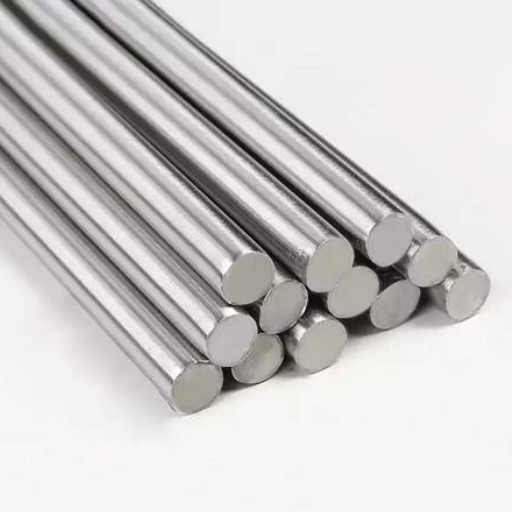
High Corrosion Resistance
Stainless steel rods resist the most destructive corrosion processes, maintaining strength in moist, chemical, and salt-filled environments. The chromium treatment creates a passivation layer that protects against rust.
Exceptional Strength and Durability
These materials can withstand various types of stress without deformation, making them excellent choices for construction, automotive, and industrial equipment applications.
Temperature Tolerance
Capable of withstanding temperatures from cryogenic levels (-196°C) to very high temperatures exceeding 870°C in specialized grades like 310 or 321.
Ease of Fabrication
High flexibility and ease of fabrication allow for detailed patterns and shapes through conventional methods like welding, cutting, and machining.
Aesthetic Appeal
Polished stainless steel rods provide visual elegance, making them popular for architectural, interior design, and ornamental purposes.
Hygienic Properties
Non-porous surfaces promote cleanliness with minimal effort, making them ideal for medical, food, and pharmaceutical applications.
Versatile Applications of Stainless Steel Round Bars
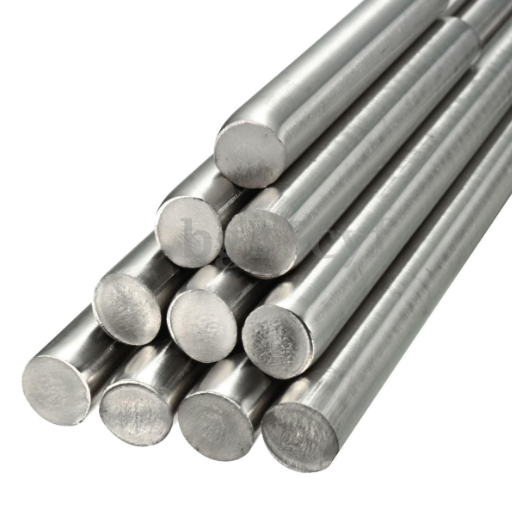
Construction and Infrastructure
Stainless steel round bars serve as structural reinforcement materials in demanding construction applications:
- Bridge construction and railings
- Building frameworks and support structures
- Concrete reinforcement in harsh environments
- Load-bearing components in high-rise buildings
Automotive Industry
The automotive sector utilizes these bars for critical components that require high performance:
- Drive shafts and cardan shafts
- Engine components and cylinders
- Exhaust systems and heat exchangers
- Electric vehicle structural components
Manufacturing and Machining
Industrial manufacturing relies on stainless steel round bars for:
- Machine tools and precision instruments
- Manufacturing equipment components
- Quality control and measurement devices
- Processing machinery parts
Marine Applications
Superior corrosion resistance makes these bars ideal for maritime use:
- Shipbuilding and offshore platforms
- Marine hardware and equipment
- Saltwater and saline environment applications
- Underwater structural components
Energy Sector
Energy industry applications include:
- Pipeline construction and fittings
- Turbine components
- Power generation equipment
- Renewable energy infrastructure
Choosing the Right Stainless Steel Round Bar
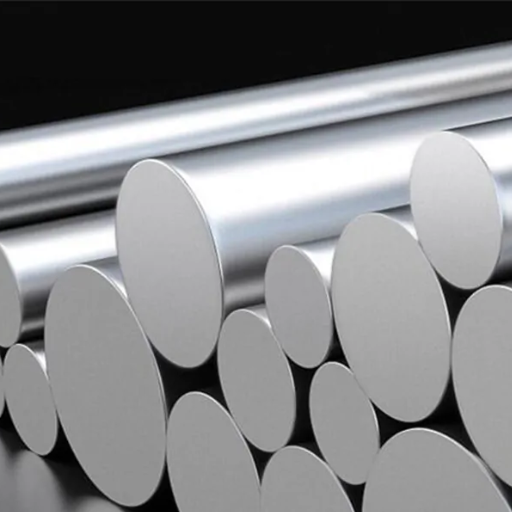
Selecting the appropriate stainless steel round bar requires careful consideration of several key factors:
Critical Selection Factors
- Grade and Composition: Determine corrosion resistance, strength, and application suitability
- Mechanical Properties: Assess tensile strength, yield strength, and hardness requirements
- Environmental Conditions: Consider temperature, humidity, chemical exposure, and corrosive elements
- Size and Dimensions: Match diameter and length to design specifications
- Certifications and Compliance: Ensure materials meet ASTM or ISO industry standards
Grade Comparison: 304 vs 316 Stainless Steel
| Parameter | Grade 304 | Grade 316 |
|---|---|---|
| Composition | 18% chromium, 8% nickel | 16% chromium, 10% nickel, 2% molybdenum |
| Corrosion Resistance | Good resistance to corrosion | Superior resistance, especially to chlorides and saltwater |
| Strength | High tensile strength | Comparable or slightly higher tensile strength |
| Temperature Resistance | Performs well in high temperatures | Better performance at higher temperature thresholds |
| Common Uses | Kitchen equipment, general construction | Marine, chemical, and pharmaceutical applications |
| Cost | More affordable | Higher cost due to molybdenum content |
| Weldability | Excellent weldability | Weldable, may require post-weld treatment |
| Magnetism | Non-magnetic in annealed condition | Non-magnetic in annealed condition |
Finishing Options for Specific Applications
Different applications require specific finishing techniques to optimize performance and appearance:
Available Finishing Options
- Polished Finish: Enhances aesthetic appeal and hygienic properties for decorative and cleanable surfaces
- Brushed Finish: Creates a satin-like appearance with uniform fine lines, ideal for appliances and architectural elements
- Electropolishing: Provides ultra-smooth surfaces through electrochemical processing, essential for pharmaceutical and aerospace applications
- Passivation: Chemical treatment using acids to remove impurities and enhance corrosion resistance
- Powder Coating: Applies tough protective coating that increases corrosion and abrasion resistance
Benefits of Using Stainless Steel Round Bars
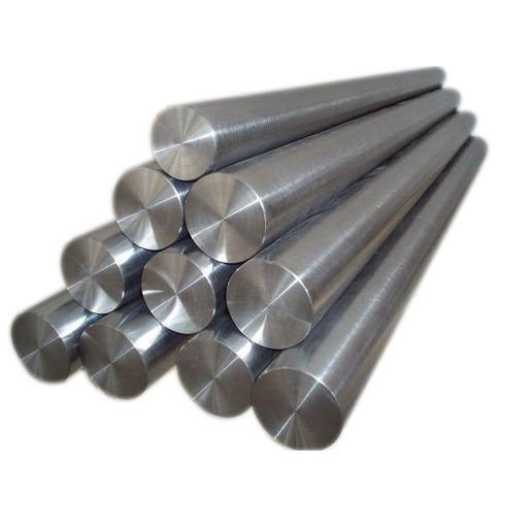
Cost-Effectiveness in Industrial Projects
Stainless steel round bars offer exceptional cost-efficiency through:
- Long-term durability reducing replacement costs
- Minimal maintenance requirements
- Extended service life in harsh environments
- Reduced downtime and operational disruptions
Enhanced Safety and Reliability
Critical benefits for demanding applications include:
- High stress resistance and structural integrity
- Chemical attack resistance
- Smooth surfaces preventing bacterial growth
- Consistent performance in extreme conditions
Market Trends and Innovations
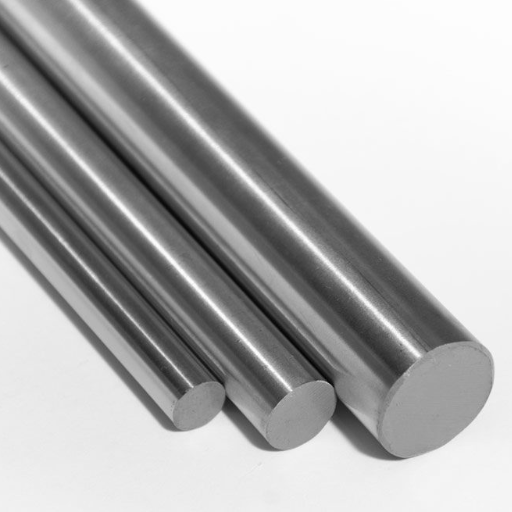
Current Market Insights
The stainless steel bar market is experiencing significant growth driven by:
- Increased infrastructure development investments
- Growing adoption of durable, corrosion-resistant materials
- Expansion of electric vehicle manufacturing
- Rising demand in Asia Pacific markets
- Focus on sustainable manufacturing technologies
Manufacturing Advancements
Key technological improvements include:
- Precision forging reducing material waste
- Automated laser cutting and robotic welding
- CAD/CAM integration for enhanced precision
- Induction heating systems for energy efficiency
- Real-time monitoring and predictive analytics
Eco-Friendly Production Processes
Environmental sustainability initiatives include:
- Electric arc furnaces (EAF) reducing greenhouse gas emissions
- Increased use of recycled steel feedstock
- Alternative energy sources (solar, wind power)
- Closed-loop water treatment systems
- Waste material conversion for circular economy benefits
Reference Sources
-
Effect of reinforcing PMMA denture base material by stainless steel 316L wires on flexural strength
- Key Findings: This study explored the reinforcement of PMMA (Polymethyl methacrylate) denture base material using stainless steel 316L wires. The research highlighted the improved flexural strength of the material when reinforced with surface-treated stainless steel wires.
Read more
- Key Findings: This study explored the reinforcement of PMMA (Polymethyl methacrylate) denture base material using stainless steel 316L wires. The research highlighted the improved flexural strength of the material when reinforced with surface-treated stainless steel wires.
-
Efficiency of dissimilar friction welded (Super duplex stainless steel SAF 2507-mild steel) joints
- Key Findings: This study examined the efficiency of friction welding between super duplex stainless steel (SAF 2507) and mild steel. The joints demonstrated high mechanical strength and good weld quality.
Read more
- Key Findings: This study examined the efficiency of friction welding between super duplex stainless steel (SAF 2507) and mild steel. The joints demonstrated high mechanical strength and good weld quality.
Frequently Asked Questions (FAQs)
Q: What is a stainless steel round bar and what sizes are available?
Q: What is the difference between 304 and 316 stainless steel round bars?
Q: How can I order custom cut lengths for stainless steel round bars?
Q: What are the applications of 304 stainless steel round bars?
Q: Are there different grades of stainless steel round bars available?
Conclusion
Stainless steel round bars represent a critical component in modern industrial applications, offering unmatched versatility, durability, and performance. Whether you’re working in construction, automotive, marine, or manufacturing sectors, understanding the properties, grades, and applications of these materials is essential for project success. By considering factors such as environmental conditions, mechanical requirements, and cost-effectiveness, you can select the right stainless steel round bar for your specific needs and ensure optimal performance throughout the product lifecycle.

